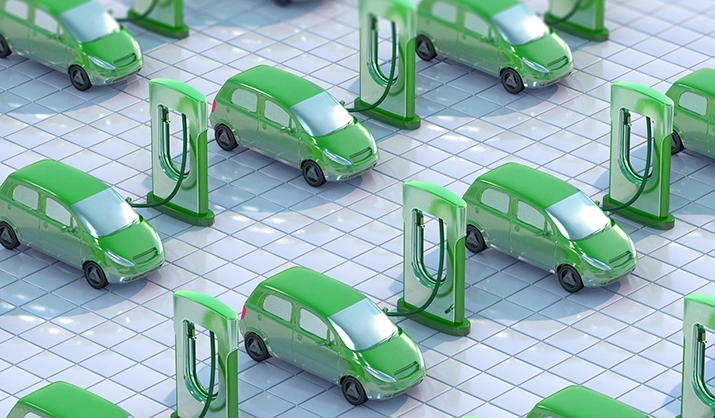Welcome back! In Part I of this series, I took a look at some historical factors that have led to consumer purchase anxiety towards EV’s. So now let’s take deeper dive into how utilizing some simple yet powerful approaches to capturing the Voice-of-the-Customer (VOC) insights, coupled with support from innovation and a little common sense, can help solve the EV demand puzzle and lead to positive brand growth outcomes for your organization.
Innovation + common sense =
EV demand growth.
It’s estimated that almost 40% of the cost of an EV is related to its battery. The average transaction price for a new EV in the U.S. was $53,469 in July 2023, compared with $48,334 for a new gasoline-powered vehicle (according to Kelley Blue Book), and the price gap remains, even after the application of federal tax credits. So how can OEMs and their suppliers be more price competitive? Tax credits from government sources help for sure, but because of their late adoption of EVs, U.S. automakers remain heavily reliant on more innovative Korean and Chinese battery manufactures.
What’s needed are faster and more forward-thinking advances in battery technology. Shifting to lighter batteries, and therefore lighter vehicles, will offer a better range as well as less expensive and longer-lasting batteries such as lithium iron phosphate (LFP). Additional advantages of this approach include faster production and adoption of next-gen energy sources like solar and green hydrogen fuel. Any mix of these solutions has the potential to alleviate consumer purchase anxiety, boost demand, and spur growth for those OEMs sitting on nearly 100 days of EV inventory.
Utilizing some simple yet powerful approaches to capturing the Voice-of-the-Customer (VOC) insights, coupled with support from innovation and a little common sense, can help solve the EV demand puzzle and lead to positive brand growth outcomes for your organization.”
Finally, let’s consider some of the more practical arguments to buying an EV…they are cheaper to own due to lower maintenance and fuel costs, compared to ICE vehicles. Sure, the charging infrastructure is still a work in progress, but we are seeing progress in investments. Lest we forget the early iterations of gas stations? There was a time when they were equally as hard to find as electric charging stations. But the most powerful impact on EV brand growth will come from growing the consumer sentiment in the Automotive sector. Manufacturers that build vehicles with 2, 4 or 18 wheels must understand the changing consumer demand landscape that continues to place a high priority on the societal and environmental benefits that come from producing clean energy vehicles. How interesting … so cleaner vehicles = a healthier planet … what’s more “commonsensical” than that approach to brand growth?
Voice-of-Customer: Because engineers can’t build everything.
The evolution of Electric Vehicles, regardless of the context, is moving at a pace never before seen in the history of the automotive industry. There are some amazing pieces of EV machinery that have been built over the past 10 years or so, but it’s long past time that this market faces a difficult question: Where is the customer’s voice in all of this?
I get it. One must learn to walk before one can run. But if the EV Revolution is to be a lasting and successful one (and no offense to the mechanical engineers and programmers out there), rigorous adoption of Voice-of-Customer insights programs is required. Insights from consumers will help brands measure the evolving needs of drivers, EV brand growth, and the rapidly changing market landscape of consumer sentiment, competitors and market dynamics.
To get you into the EV brand growth fast lane, let’s try to answer the “how,” before the “how much” and “how many.” For example, focus on gathering insights and impressions about a customers’ purchase experiences (whether it be through a dealership or a virtual channel), sentiments about range anxiety, vehicle price, the environment, renewable energy, politics or other mitigating factors that will influence and help predict current and future innovations, shifts in purchase behavior, or product satisfaction. We can then, for example, further help those engineers and sales teams when they want to optimize new models for vehicle features, price, and competitive brand positioning, by understanding from the customer voice, which vehicle attributes do and do not make the most sense to include — ideally, before sheet metal starts to get welded together.
And be sure to keep pace. Given the advanced speed at which customers are formulating and altering opinions about all aspects of the EV market, ask them for frequent directions as they will never steer you wrong.
Want to explore consumer sentiment about the automotive industry to grow your brand?




